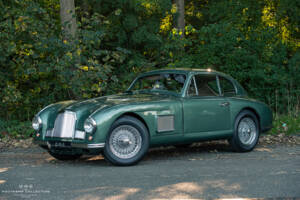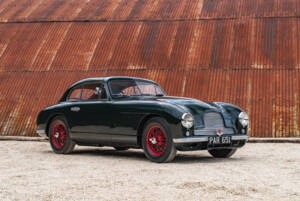- Voiture
- Aston Martin
- Aston Martin DB 2 (9 offres)
Aston Martin DB 2 classic cars for sale
The Aston Martin DB 2 is a hand-built British sports car produced between 1950 and 1953, available as both coupé and cabriolet. With a renowned 2.6-litre straight-six, aluminium bodywork, and racetrack history at Le Mans, the DB 2 showcases the engineering spirit of early post-war Aston Martin. As only 411 were made, every surviving example remains a testament to bespoke craftsmanship and motorsport DNA.
Résultats de la recherche

1951 | Aston Martin DB 2
An exceptionally rare motorcar, 1 of 49 examples produced
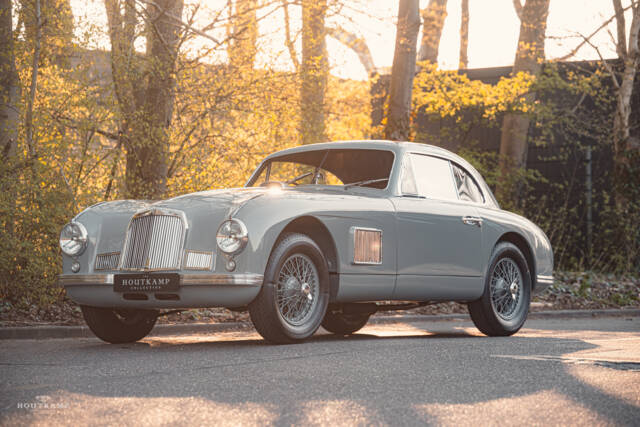
1951 | Aston Martin DB 2
One of 49 examples built, Mille Miglia Eligible
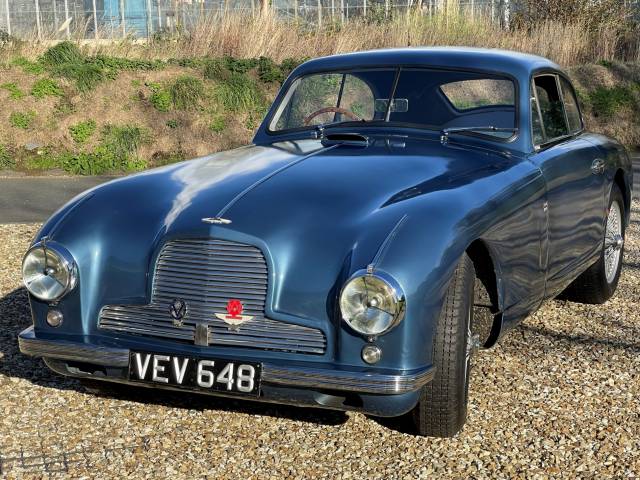
1952 | Aston Martin DB 2
Aston martin DB2

1953 | Aston Martin DB 2
Aston Martin DB2 Vantage

1953 | Aston Martin DB 2
Aston Martin DB2 - Ex Jo Bonnier
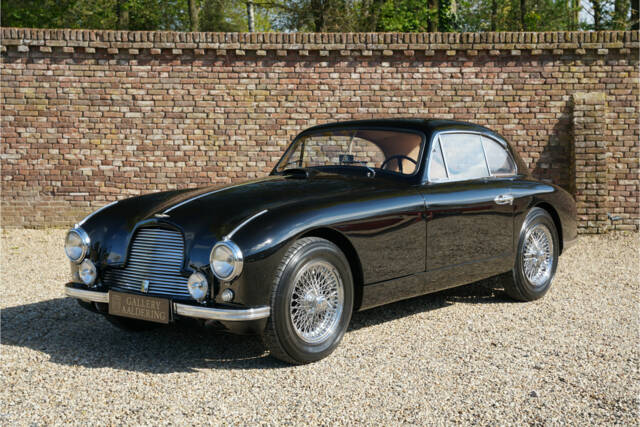
1952 | Aston Martin DB 2
Aston Martin DB2 Sports Saloon Rare left-hand drive DB2, European (The Netherlands) new delivered, Offered with the Built Sheet and Heritage-certificate, In a restored and very well maintained condition, Periodically correct sliding roof and 3 SU carburettors, Fascinating Aston Martin in every aspect,
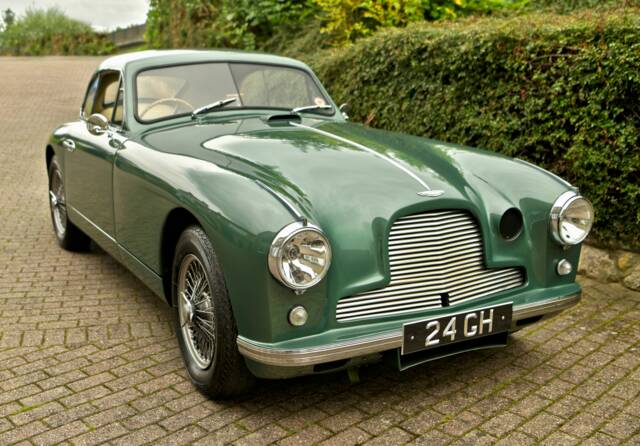
1953 | Aston Martin DB 2
Aston Martin DB2 Coupe

1952 | Aston Martin DB 2 Vantage DHC
1952 Aston Martin DB2 Drophead Coupé '52
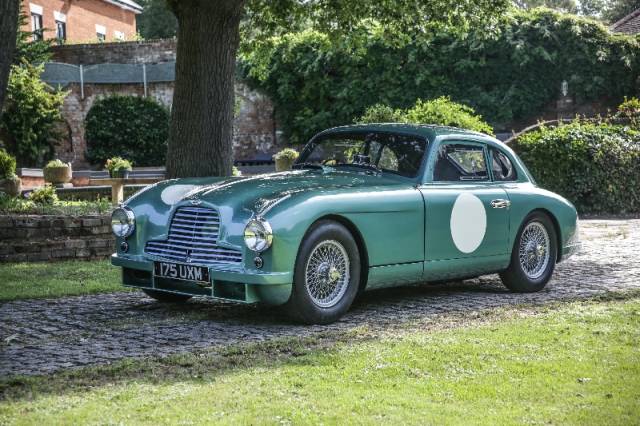
Aston Martin DB 2 listing references from Classic Trader
Below you will find listings related to your search that are no longer available on Classic Trader. Use this information to gain insight into availability, value trends, and current pricing for a "Aston Martin DB 2" to make a more informed purchasing decision.
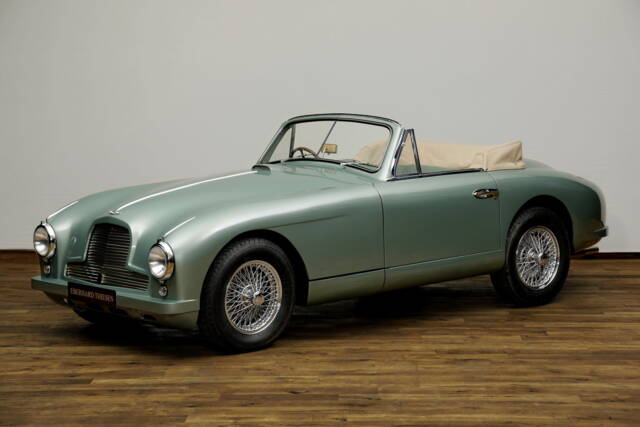
1953 | Aston Martin DB 2 Vantage DHC
Rare colour scheme, top restored
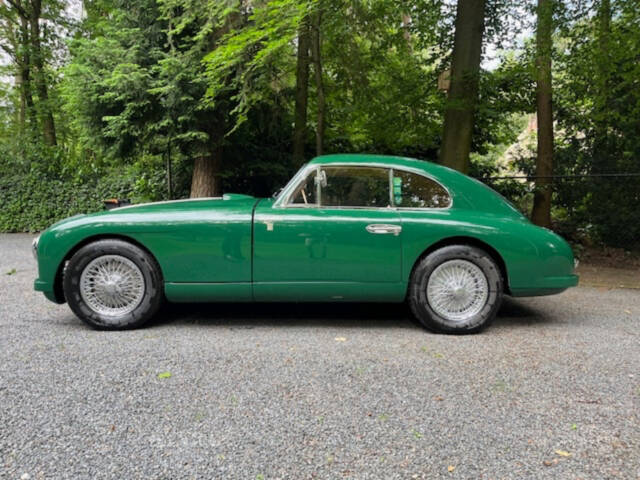
1952 | Aston Martin DB 2
Mille Miglia participant 2020-2025
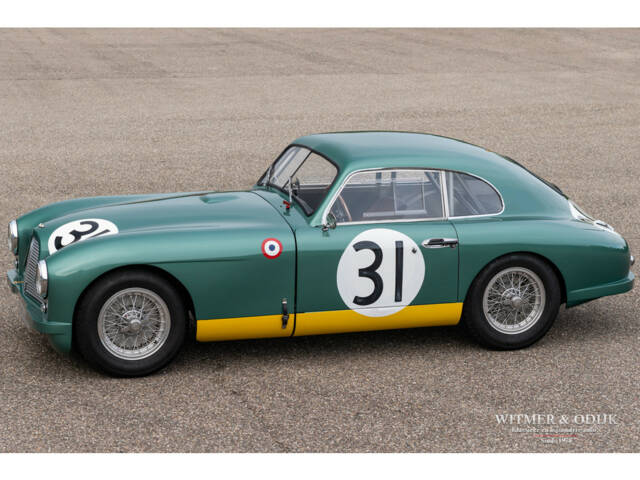
1952 | Aston Martin DB 2
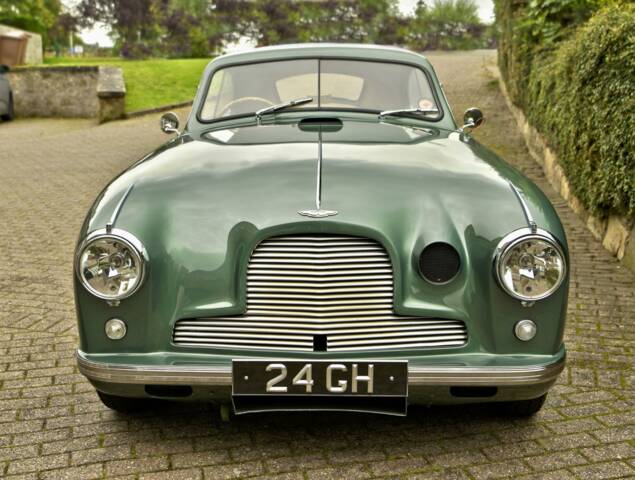
1950 | Aston Martin DB 2 Vantage
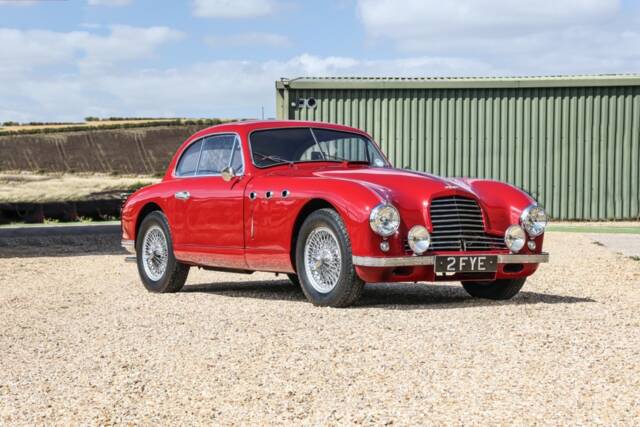
1953 | Aston Martin DB 2 Vantage
Aston Martin DB2 Vantage

1953 | Aston Martin DB 2 Vantage
History of the Aston Martin DB 2
The roots of the Aston Martin DB 2 lie in David Brown’s acquisition of Aston Martin and Lagonda in 1947, a move that set the foundation for the DB model line. The DB 2, which made its public debut at Le Mans in 1949 as a prototype, succeeded the 2-Litre Sports and entered production from April 1950. Most units (about 75%) were sold as coupés, while cabriolets comprised the rest. Under the bonnet, the DB 2 featured W.O. Bentley and Willie Wilson’s 2.6-litre straight-six, originally from Lagonda, giving the DB 2 a marked performance leap over its predecessor’s four-cylinder. Notably, the model earned recognition on both road and track, contributing to Aston Martin’s reputation and solidifying David Brown’s vision for the marque.
Model Evolution and Lineage
The DB 2 followed the Aston Martin 2-Litre Sports (retrospectively known as DB1), introducing a host of mechanical improvements including the new straight-six engine. Production of the DB 2 ran from 1950 to 1953, totalling 411 vehicles before its replacement by the more practical DB2/4, a 2+2 coupé addressing space and luggage limitations. Notable among the initial 49 DB 2s were two Vantage cars, with increased engine performance, setting a precedent for future high-performance Aston Martins.
Highlights and Unique Features
Hand-crafted with lightweight aluminium bodywork and a cruciform chassis, the Aston Martin DB 2 was engineered for both luxury and competition. Essential features include a dual-overhead-cam six-cylinder, four-speed manual gearbox by David Brown, and the availability of both left- and right-hand drive. The Vantage model introduced larger carburettors and increased output to 125 bhp. Collector-grade examples retain original colour schemes and Connolly leather interiors. Participation in motorsport events, such as Le Mans and the Mille Miglia, underscores its engineering credentials.
Technical Data
Special Editions and Rare Models
Several factory "Team Cars" were built for racing, representing the rarest and most sought-after DB 2 variants. The Vantage version, introduced in early 1951, featured larger SU carburettors and higher-compression pistons, delivering increased power output. Fewer than 50 Vantage cars exist, with notable examples like LML 50/21 sold to renowned racers such as Briggs Cunningham. Lightweight and competition-bodied cars, plus bespoke colour and trim combinations, add further rarity for collectors.
Weak Spots and Known Issues
No detailed data on specific DB 2 weak spots is provided. Nevertheless, as with most hand-built postwar sports cars, close attention should be paid to engine health (timing chains, head gaskets), gearbox synchro wear, and corrosion on aluminium and steel chassis elements. Restored examples often have rebuilt drivetrains, brakes, and suspension. Proper provenance (original build sheets, matching numbers) is essential for authenticity.
Engine, Performance, Transmission and Handling
Standard DB 2 models reach 0–60 mph just over 11 seconds, with a top speed of 116 mph. The handling distinctly benefits from its independent front suspension and robust chassis, while the four-speed gearbox offers precise engagement typical of early David Brown transmissions. Drum brakes, though standard at the time, require regular adjustment and are best matched to period driving conditions. The DB 2 was eligible for major endurance events, delivering proven performance on the toughest stages. - DB 2 Vantage: 2.6-litre, 125 bhp, upgraded carburettors and cams.
- Factory "Team Cars": Lightweight, competition-prepared, rare.
- Drophead Coupé: Cabriolet, making up a quarter of total production.
Exterior, Interior and Design Features
The flowing coupé body, penned by Frank Feeley, sets the DB 2 apart with its compact, aerodynamic lines, distinctive grille (three-piece on early cars), and practical hatch for spare wheel storage. Inside, Connolly leather in rare factory colours—red, blue, or grey—adds character, complemented by wood dashboards and lightweight aluminium door panels. Tickford produced both fixed-head and drophead bodies, with the latter featuring elegant soft tops and minimal compromises in rigidity. Accessories include optional overroll cages (FIA approved), period-correct toolkits, and original Perspex windows in some racing cars. Limited delivery colours and bespoke combinations further heighten desirability.
Additional Features and Trivia
DB 2s left factories mostly destined for the US and European markets, with occasional returns to the UK via collector circles. Historic models often possess extensive documentation, including build sheets and ownership by prominent figures. Eligibility for classic rally events, like the Mille Miglia, increases their utility for enthusiast ownership.
Summary
The Aston Martin DB 2 (1950–1953) remains a touchstone for British motoring—a limited-production, hand-assembled sportscar that married mechanical innovation with motorsport pedigree. With only 411 built and high authenticity standards among the surviving examples, the DB 2 appeals to purists seeking period-correct engineering, premium handcrafted interiors, and historic significance. This model set the tone for future Aston Martins and endures as a singular reference in classic car collecting.
